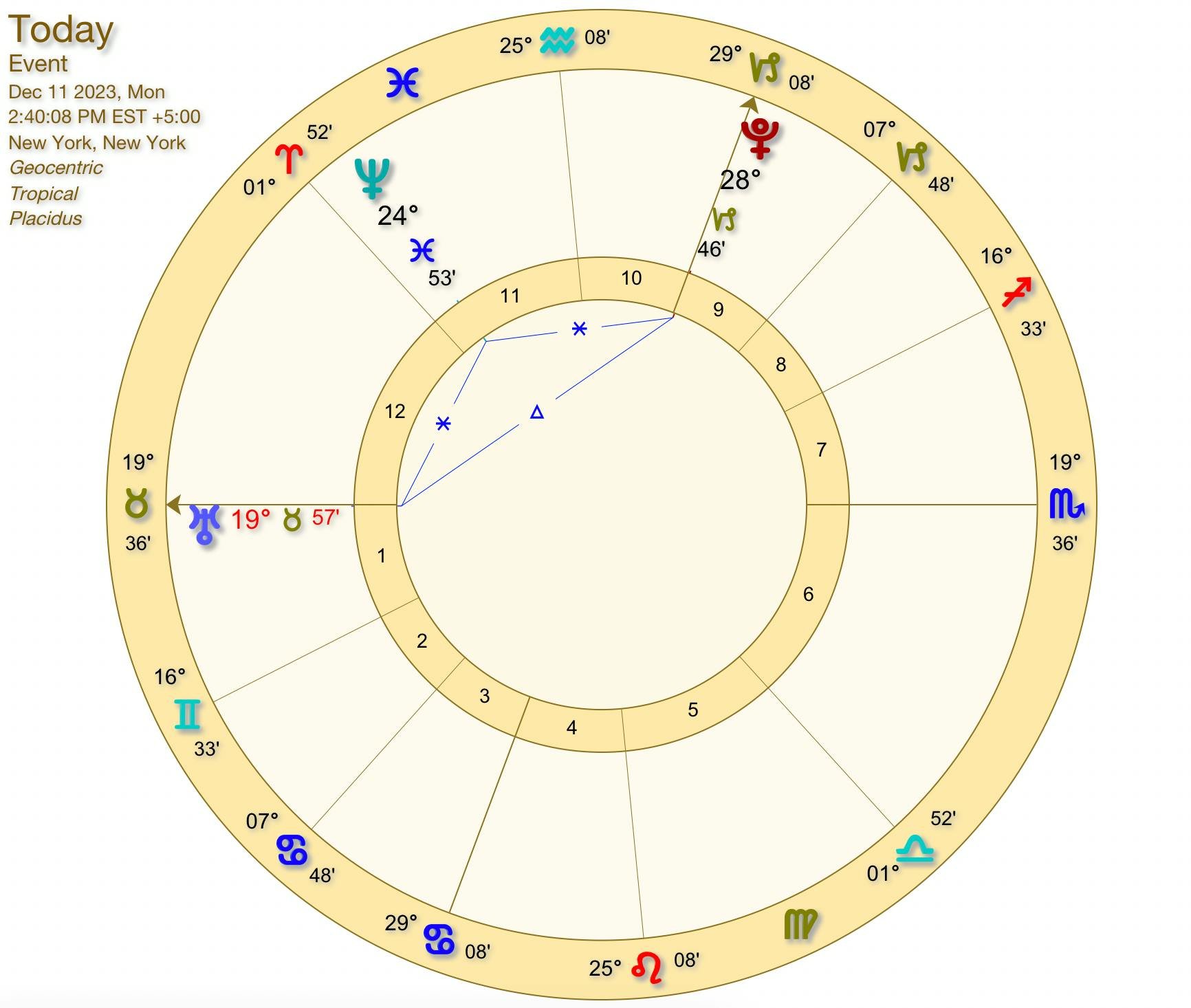Deep History: The Axial Age
On Monday, I joined my friend and mentor, Becca Tarnas in her class on Archetypes, Art, and Culture, a graduate-level course that was previously taught by Richard Tarnas (founder of Archetypal Cosmology). Becca took us on a journey through the historical cycles of Uranus-Neptune-Pluto, and I'd like to share some of those learnings with you. Becca is a brilliant and dedicated scholar of J. R. R. Tolkien and Carl Jung––I highly recommend checking out her work.
"The spiritual foundations of humanity were laid simultaneously and independently in China, India, Persia, Judea, and Greece. And these are the foundations upon which humanity still subsists today," said philosopher Karl Jaspers, who called this phenomenal period (8th to 3rd century BCE) the Axial Age.
For some mysterious reason, Buddhism, Confucianism, Greek philosophy, and several other religions and practices were born concurrently during this period.
Interestingly, an ultra-rare triple conjunction of the three outermost planets (Uranus, Neptune, and Pluto) was active during that time. And we have not experienced this exact configuration ever since.
A conjunction between Neptune and Pluto happens roughly every 500 years––the last conjunction was between 1880–1904. Neptune represents the numinous, and Pluto symbolizes evolution. So whenever Neptune and Pluto are in an alignment, there's a subtle yet deep shift that occurs in the collective consciousness.
During the last conjunction, depth psychology––through the work of Sigmund Freud––was born. In 1899, Freud published The Interpretation of Dreams in which he introduced the idea of the unconscious. This groundbreaking text carries the planetary combination of Neptune (dreams) and Pluto (unconscious) with tremendous archetypal resonance. Freud blew open the door to psychology as a field of study.
At the same time, Claude Monet and Vincent van Gogh were tapping into the Neptune-Pluto energy through the medium of art. From impressionism to post-impressionism, Monet and van Gogh's paintings evoke the melting of the ego, a premonition into the unconscious, a dialogue between the inner and outer realms, and the opening of the door for Picasso and Dali to paint the unseen realms with creative depth.
Starry Night (1889) by Vincent van Gogh
The Water Lily Pond (1899) by Claude Monet
After this most recent conjunction, Neptune and Pluto entered into a sextile beginning in 1943. This alignment is still ongoing and will come to a close in 2037. So the majority of us on the planet are born with this aspect. We carry a subtle, divine, evolutionary, transformative capacity in us. I often think about the Netflix documentary My Octopus Teacher as a great example of this aspect––a gentle rebirth between man and nature.
When you add Uranus to the mix, the Neptune-Pluto combination receives an acceleration of energy through innovation and freedom. Perhaps it was the archetype of Uranus that led Pythagoras to a mathematical understanding of reality, and Buddha to attain enlightenment. The Axial Age produced a remarkable amount of knowledge and spiritual insight that is still treasured and reliable today. So it seems deeply synchronistic that this period correlated with a once-in-a-lifetime world transit between the three outer planets.
The reason I share this is because we are experiencing an alignment between these planets right now. It is not in the same configuration as the Axial Age, but rather in a more subtle aspect (what Becca calls a humble trine):
This alignment will be active until the end of the decade. So it will be an interesting period to observe, participate, and create with. Perhaps tinges of the Axial Age are being re-born in some capacity.
How will you co-create with these energies? Explore your relationship with the unconscious? Experiment with different modes of spirituality? Or perhaps paint the next era of art?






